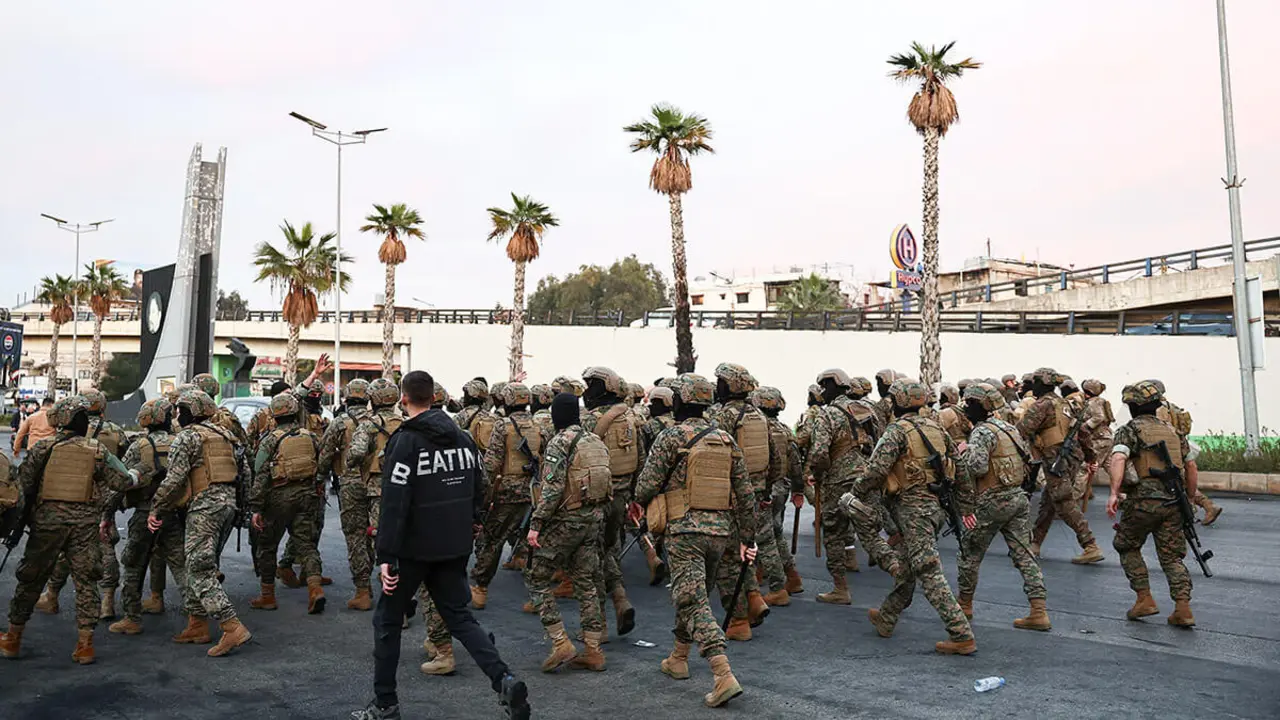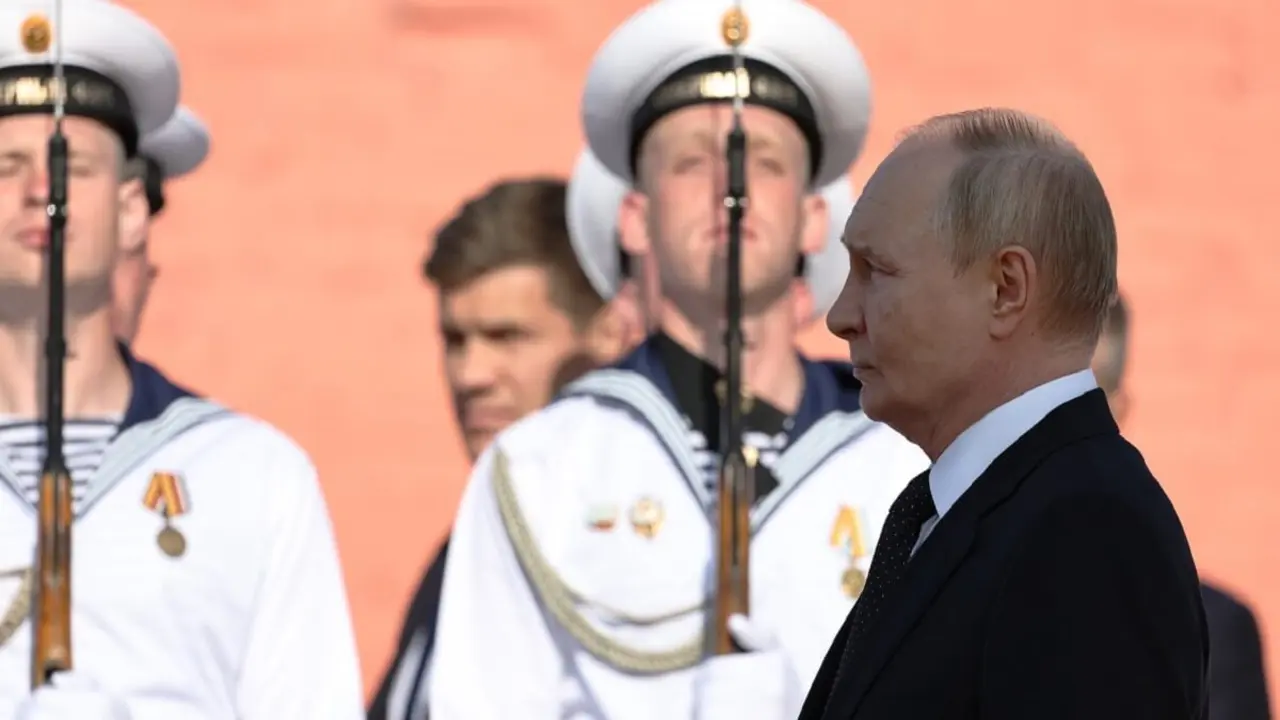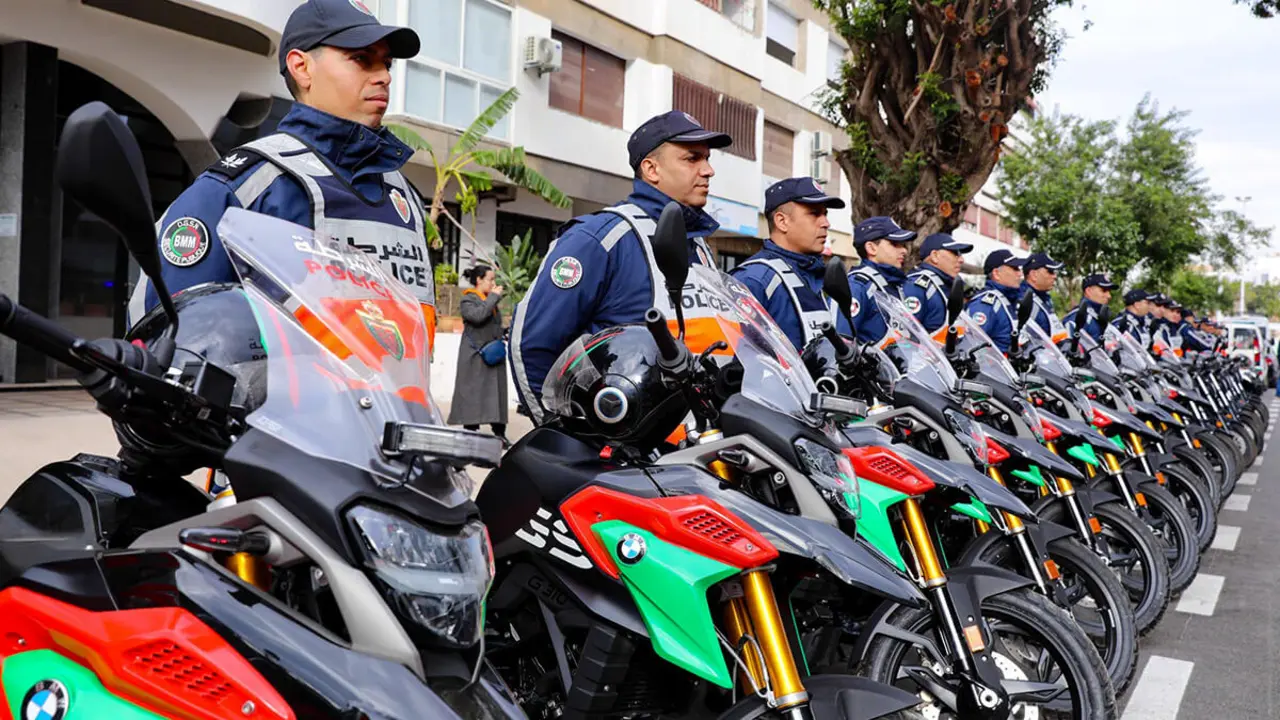The Spanish Air Force's priorities: anti-submarine and maritime surveillance aircraft

The coalition government of President Pedro Sánchez has let the municipal and regional elections of 28 May pass to start giving the green light to new weapons system acquisitions that have been on the table for many months, even years.
On the political front, the various forces that make up the executive have all their attention focused on mitigating what they themselves have described as an "unmitigated defeat" and on trying to maintain, at least for a few months, the fragile stability of a cabinet of ministers that is rapidly disintegrating.

But on the defence industrial side, a group of Airbus managers, engineers and technicians in Spain are engaged in finalising preparations to fit out the production lines of several aircraft destined for the Spanish Armed Forces so that, when the purchase is signed, they can be manufactured as quickly as possible.
These are the contracts that President Pedro Sánchez has had in place since February 2022 with the CEO of the European multinational corporation, Frenchman Guillaume Faury, but which have not yet been signed.
The European industrial multinational, whose branch in Spain is chaired by Alberto Gutiérrez and piloted by its executive vice-president, Francisco Javier Sánchez Segura, is waiting for the Council of Ministers, in one or more of its sessions, to make an imminent decision to recover and improve the capabilities lost by the Air and Space Army.

Also salvage and rescue
The air force's first priority under General Javier Salto is to restore the anti-submarine warfare missions it lacks. The last of the three Lockheed P-3 Orion aircraft that were dedicated to hunting submersibles was decommissioned in December 2022 and there is nothing and no one to replace them.
To alleviate and enhance such a pressing need, the Air Staff determined years ago that it needed six Airbus C295 aircraft. Of course, it also defined the equipment to be carried on board to fulfil, improve and expand the tasks performed by the now defunct P-3 Orion, which were stationed at the Moron air base, some 50 kilometres from Seville.

The Airbus C295s in the MPA/ASW configuration are smaller than the P-3s, but will have state-of-the-art systems for detecting and locating submarines while submerged. They will have under-wing moorings for firing missiles and launching torpedoes, mines and depth charges.
With a flight range of more than 11 hours, powered by two Pratt & Whitney PW127G turbomotors, satellite communications and electronic countermeasures, they will be equipped with sonobuoys, a magnetic anomaly detector, surface radar and advanced electro-optical and acoustic sensors to locate submarines. All of this, as well as the armament, is managed by a revamped version of the FITS, or Fully Integrated Tactical System. But once the purchase is underwritten, it will be several years before the first C295 ASW is operational.

The Air Force is also in need of another ten C295s but in a configuration that will enable them to perform rescue and rescue of shipwrecked persons missions, better known as SAR. With them already in service, the Air Force will be able to gradually phase out the eight veteran CASA Nurtario CN235 VIGMA -acronym for VIGilancia Marítima-, whose production line at the San Pablo factory in Seville has already been dismantled.
More Eurofighter opens the door to the F-35
But there is more. Defence Minister Margarita Robles announced in early May that her department is to contract three more A400M four-engine transport aircraft. When the purchase is formalised, they will be added to the 14 units already in the possession of the Spanish Air Force, the last of which was delivered on 25 April to the 31st Wing at the Zaragoza air base.

When the A400M programme was signed in 2001 between Germany, Spain, France and the UK, the Madrid government committed itself to acquiring 27 units for around 5.7 billion euros. However, it finally decided to reduce the number from 27 to 14, with the intention of exporting the remaining 13.
The sale to third parties of the 10 remaining to be taken delivery of has not yet been finalised. However, it is possible that Airbus management and the Spanish government may be inclined towards a compromise solution. What would be?

It would be to acquire a batch of 25 new Eurofighter fighters, which would be added to the 20 contracted in June 2022 for 2,043 million euros as part of the Halcón programme, to replace the F-18s of the 46th Wing at the Gando air base in Las Palmas de Gran Canaria, which are already at the end of their operational life. In contrast, the hypothetical new package of 25 Eurofighters would replace the F-18s deployed on the peninsula in 2028/2029.
If the initiative is completed by the end of this decade, the Spanish Air Force would have replaced its fleet of US F-18 fighter aircraft with European Eurofighters. Within the national strategy of having two military supply countries in the air domain, such a decision would leave the door open to acquire a batch of Lockheed Martin F-35A Lightning IIs for the Air Force and a smaller number of vertical take-off F-35Bs for the Navy from the US ally by 2030.









